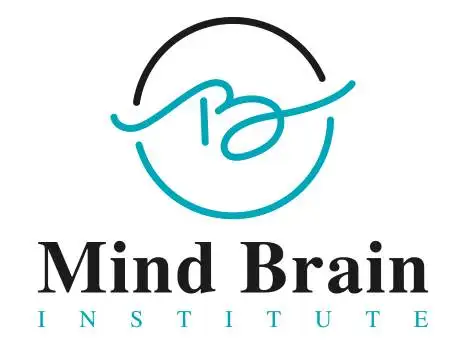
- Posted By MindBrain
- Comments 0

Insights from New Research Migraine headaches are a prevalent neurological condition characterized by intense, debilitating headaches, often accompanied by nausea, vomiting, and sensitivity to light and sound. With the quest for more effective treatments ongoing,
One innovative approach has garnered significant attention:
Transcranial Magnetic Stimulation (TMS). Recent research into TMS offers promising insights into its potential as a non-invasive, drug-free option for managing and possibly reducing the frequency and severity of migraine attacks. This blog post delves into the latest findings on TMS treatment for migraines, exploring its efficacy, how it works, and what this means for individuals suffering from this condition.
Understanding TMS and Its Application to Migraines
TMS is a non-invasive procedure that uses magnetic fields to stimulate nerve cells in the brain. It is administered using a device that generates these magnetic pulses, targeting specific areas of the brain associated with mood regulation and pain perception. While TMS has been primarily used in treating depression, its application in managing migraines is a relatively new but rapidly evolving area of study.
Insights from Recent Research
Recent studies have explored the effectiveness of TMS in treating migraines, with a focus on both the prevention and acute treatment of attacks. These studies have shown promising results, indicating that TMS can significantly reduce the frequency of migraine episodes and, when used at the onset of symptoms, can alleviate the severity of the attacks.
One groundbreaking aspect of this research is the identification of the optimal timing and frequency of TMS treatments to achieve the best outcomes. For example, some studies suggest that a regular schedule of TMS sessions could serve as a preventive measure, reducing the overall incidence of migraines over time. Additionally, the use of single-pulse TMS at the onset of migraine symptoms has been shown to be effective in aborting an attack.
How TMS Works for Migraine Treatment
The precise mechanism by which TMS exerts its effects on migraine headaches is still under investigation. However, it is believed that the magnetic pulses can modulate neuronal activity in regions of the brain involved in pain transmission and processing. By altering this activity, TMS may disrupt the abnormal electrical waves that are thought to contribute to the development of migraines.
Moreover, TMS is thought to induce changes in neurotransmitter levels, such as serotonin and dopamine, which play a role in pain regulation. This adjustment in neurotransmitter balance could help to mitigate the intensity and frequency of migraine attacks.
Potential Benefits and Considerations
The appeal of TMS as a treatment option lies in its non-invasiveness and the absence of drug-related side effects, making it a potentially valuable alternative for individuals who cannot tolerate or do not respond well to traditional migraine medications. However, as with any medical treatment, there are considerations to keep in mind, such as the need for multiple sessions and the requirement of specialized equipment, which may not be readily available in all healthcare settings.


